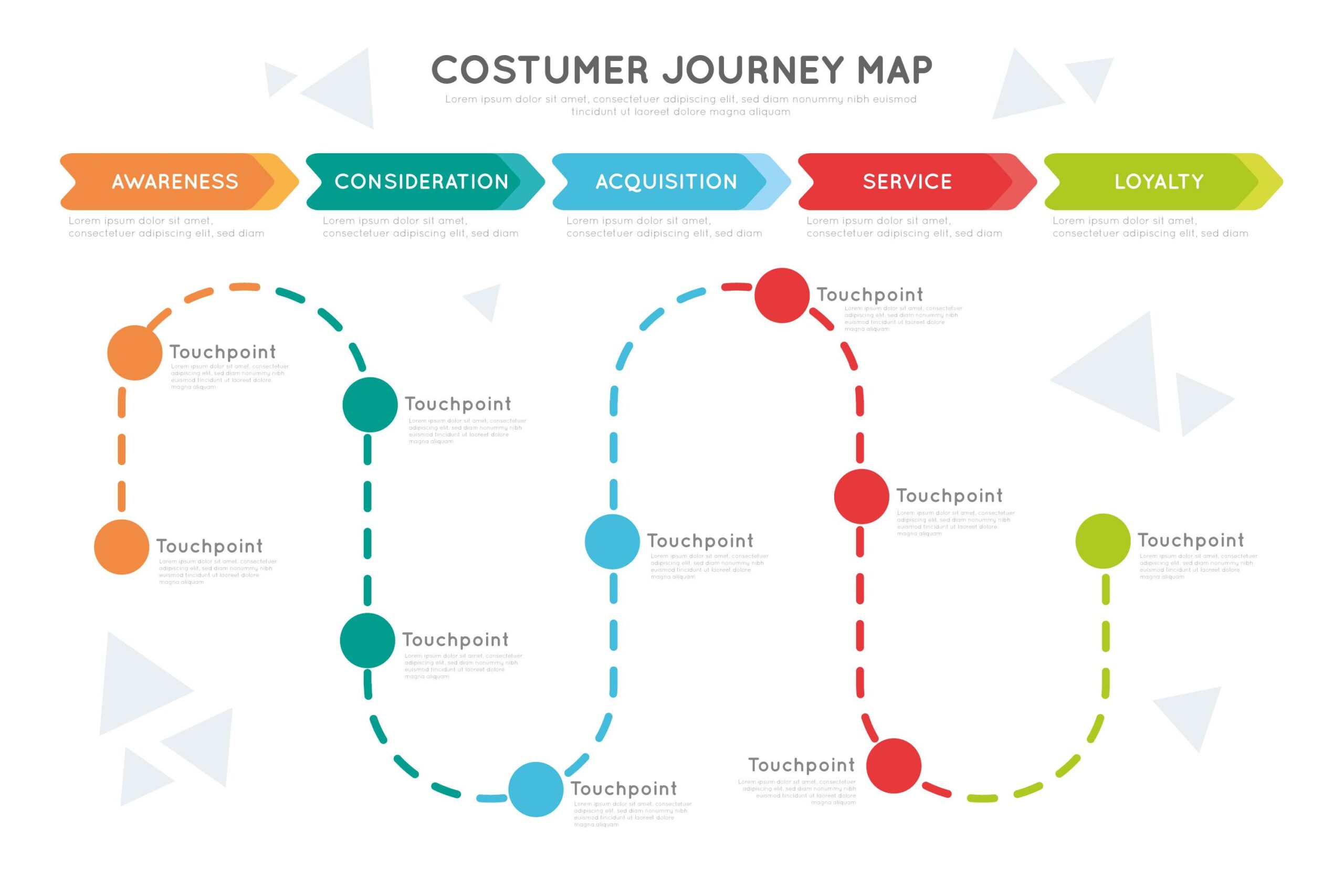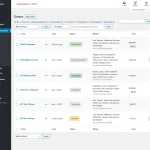What is a User Journey Map in Digital Marketing?

Success in digital marketing often depends on an understanding of user experience. User Journey Map or the way users navigate and interact with a website can reveal strengths and weaknesses in website performance. So, how do you identify these important points when the user leaves the page? Or, how do you determine the main difference between results that lead to product purchases and results that lead to cart abandonment? Ultimately, how do you tailor the user experience to meet expectations?
User journey map or customer journey map may be the answer.
What exactly is a user journey map or customer journey map?
A user journey map or customer journey map is a sequence of interactions a user makes from the initial moment of the interaction to a specific outcome (such as purchasing a product or service, subscribing to a newsletter, signing up for a loyalty program, or any conversion event of interest). Outlining user paths helps identify key touchpoints that are drivers or barriers to website traffic. Touchpoints are interactions that significantly impact user behavior and can occur at any point in the user journey. Integrating different types of touchpoints (such as website pages, marketing content, and social channels) into one view simplifies complex sets of interactions and makes them easy to relate to users’ needs. The following infographic is a high-level view of a simple user/customer journey map.

How can we use data to optimize user journey maps?
Data-driven KPIs
Developing a standard set of KPIs that reflect established trends in data can not only provide insight into the relationship between metrics and user experience, but also help create a roadmap to achieve specific goals. Using data modeling techniques to set success criteria for KPIs can reveal key touchpoints throughout the process, such as: B. Create metrics based on behaviors that drive a seemingly successful journey.
Personalization strategy
Developing character segments based on data points that describe different characters and their unique ways of interacting creates opportunities for increased engagement. Personalization strategies can be developed to place targeted messages in the right places in the user journey map and understand how key touchpoints affect specific groups of users.
A quick way to design a user journey map
- Understand the baseline digital experience: Develop persona segments representing key user groups based on local behavior. Document every interaction and identify touchpoints that impact every part of the journey flow. This will create a baseline of the journey map for each character segment. The current state of the journey map shows how users interact with your website at each touchpoint.
- Identify the digital experience blueprint: Define the user journey best case map for each segment to design the experience blueprint. For each touchpoint, identify the desired action the user needs to take to reach the end goal of the journey. Applying the user’s perspective puts the focus on the front-end and back-end functions of the website, which are barriers and drivers of the experience. Creating the ideal map will give you a clear understanding of how you want users to interact with your website and guide the achievement of priority goals.
- Bridge the gap: Bridge the gap by comparing the baseline and the blueprint journey map to improve current site performance. Identifying key gaps focuses on areas for immediate improvement, such as: B. Frequent drop-off points on the site that allow addressing optimization opportunities. Understanding user intent is an evolving process and requires an iterative approach to monitoring behavior on your website.
Conclusion
A user journey map is a storytelling tool that shows a holistic view of key patterns and trends across multiple user experiences. Looking closely at the journey can provide a breakdown of how individual users interact with your website, highlighting the strengths and weaknesses of each stage of the journey. Developing a simple action plan provides a valuable approach that can be used to continually evolve and transform the intended outcomes of user interactions to provide a seamless and enjoyable user experience. Ultimately, a positive user experience can bring you closer to your business goals, from digital engagement to revenue.
I hope this brief introduction to user journey mapping will give you a new tool to improve your marketing goals and understanding of user experience. If you want to implement this method and need support or just want more information, please contact at [email protected]
PostCategories
Categories
- Digital Marketing (6)
- Everything Else (5)
- SEO (3)
- UI/UX (3)
- Web Development (3)
- WordPress (8)
AboutAuthor
 Hi I’m Rehan! I’m a highly experienced full stack web developer and web optimizer from India. I’m specialize in custom WordPress theme development and plugin development. I love to share my knowledge and help the world to build a better web.
Hi I’m Rehan! I’m a highly experienced full stack web developer and web optimizer from India. I’m specialize in custom WordPress theme development and plugin development. I love to share my knowledge and help the world to build a better web. 


No comment yet, add your voice below!